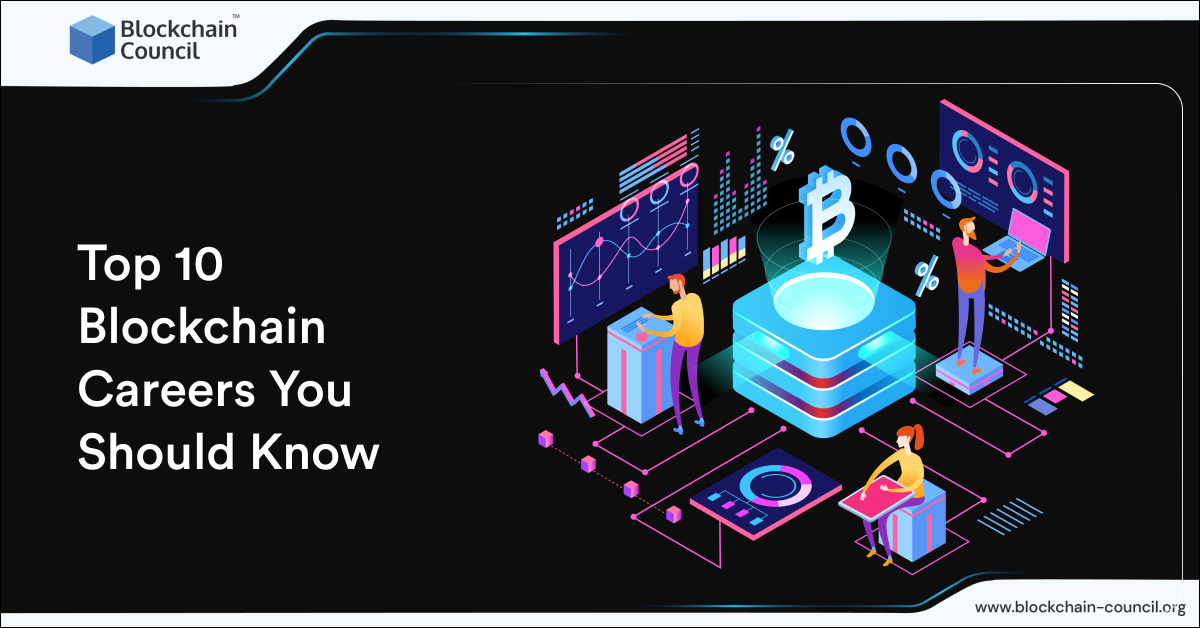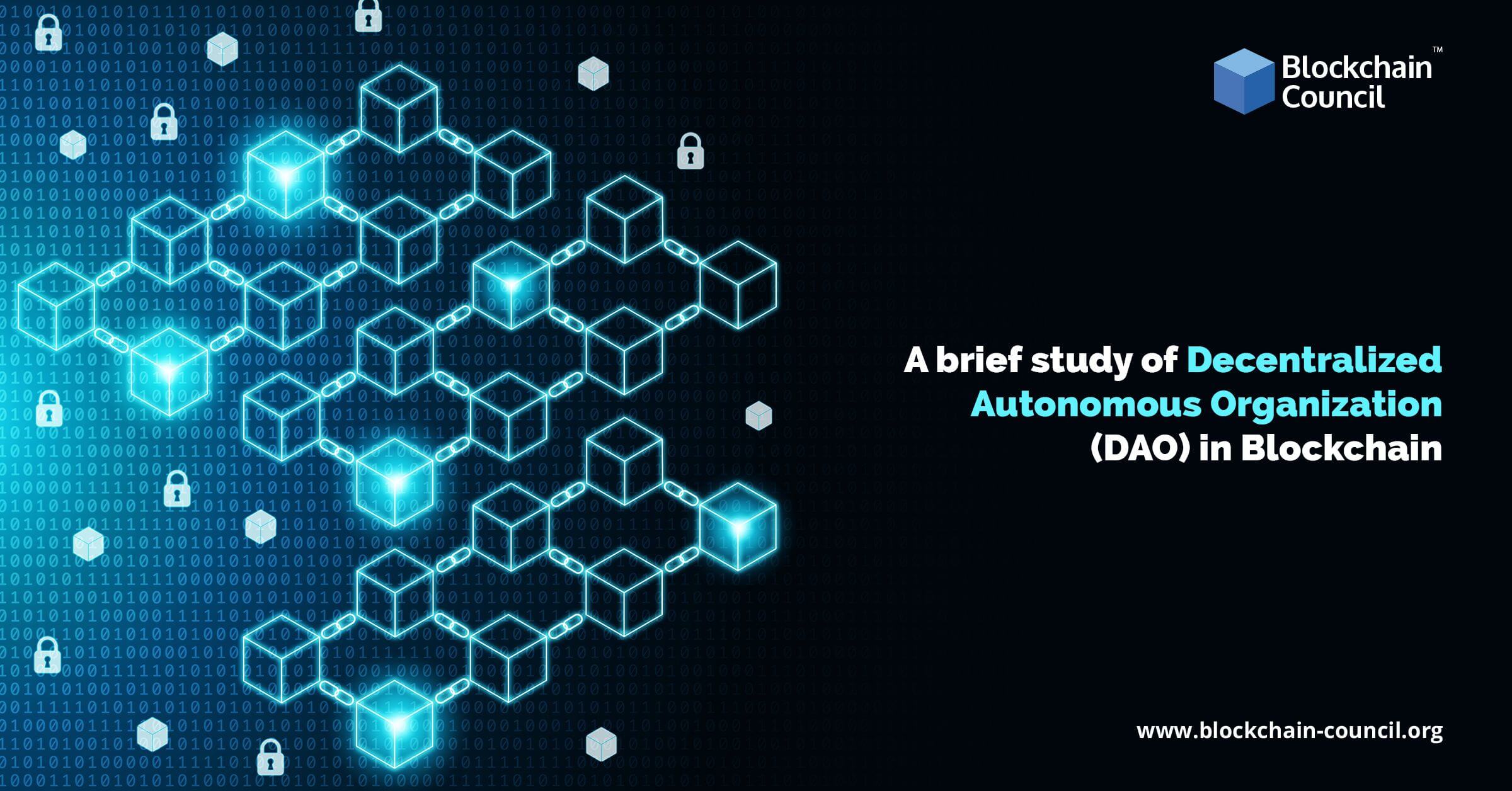
- Toshendra Kumar Sharma
- June 08, 2020
Interested in knowing how blockchain can revolutionize content distribution? You have landed on the right page. This article is a one-stop destination for everything you are looking for.
Learning Of Blog
- Introduction
- What’s wrong with traditional content distribution?
- Blockchain in Content Distribution
- Conclusion
Introduction
Blockchain is a revolutionary technology that began with cryptocurrencies, but since then, it has expanded beyond the worlds of finance and banking. With the advancements, more and more blockchain applications are joining the race today. As the technology keeps evolving, there can be significant changes in the domain of content distribution that we may witness in the coming years. Blockchain can indeed manage to distribute the content to the consumers out there, get rid of intermediaries, and bring genuine perks to the creators.
Blockchain space is developing, get yourself evolved too. Check out the best blockchain certification courses and become a blockchain expert.
What’s Wrong With Traditional Content Distribution?
The role of content distribution is to help you boost one’s brand awareness, collect loyal followers, and encourage readers to click, act, and become customers. But what are the major challenges with the traditional content distribution process?
Out of all, pirate attacking is the major challenge. There are various online platforms and sites which share pirated copies of media contents such as videos and audio files. As traditional content distribution does not possess a decentralized approach due to which artists and other copyright holders are affected by the lack of sales transparency. Moreover, digital service providers also explain a high volume of streaming transactions as a result of which artists end up getting only a minimal percent of these transactions.
Blockchain in Content Distribution
Now, as we have understood what are the problems associated with the standard content distribution, let’s learn how blockchain technology can act as a base for a productive content distribution ecosystem.
But before that, let’s have a quick glance at what all types of Stakeholders are involved in blockchain media content management.
- Content Developers, also known as Creators, are the ones who create, manage, and add the content to the marketplace.
- Next is Contributors, who contribute to the creation of media content.
- And finally, the End Users who buy the license to get access to content and its rights.
Let’s now move to our major concern as to how blockchain can disrupt content management.
Nearly No involvement of Intermediaries
Today’s digital advertising ecosystem is complicated, and there are multiple stakeholders between the content creator and the advertiser. With the help of blockchain technology, artists can sell their unique content directly to their followers without the involvement of any middlemen. As blockchain allows fast and effective tracking of usage, the technology enables content creators to market their content independently of platform providers.
Eliminates the Issue of Piracy
When it comes to transparency, blockchain allows content owners to have full visibility and control of the number of uses of media content and its consumption, thus eliminating the chances of piracy and copyright violations. The transparency feature of blockchain technology allows content creators to manage content distribution in a peer-to-peer fashion.
Access Content From Anywhere Anytime
As licenses for media content are sold country by country, subscribers are unable to access the contents they subscribed, when they are in some other country. But with the blockchain-enabled media content management, access to content cannot be restricted to particular countries. Blockchain’s capability for media content provides users with opportunities for seamless payment transactions and content copyright tracking.
Want to give a head start to your career? Check out the best online blockchain certification courses here.
Allows Pay-Per-Use
With blockchain-enabled micropayments, rather than paying monthly/annual fees to buy a subscription, individual pieces of content can be sold for “pay per use” prices without high costs, thus offering the personalized content experience to the users. When it comes to the payment system, blockchain enables payment automatically from the buyer’s end and sent to the wallet of creators.
Conclusion
There are various blockchain platforms such as Steemit and d.tube that offer cryptocurrency tokens to the content creators, as well as to the community members who participate in sharing that content so that the real creator can become the true beneficiary of their own hard work. Blockchain could eradicate all intermediaries and become almost a direct and personal connector between the content creator and the consumer. Probably, very soon, we will see more and more services coming forward to be a content distributor pioneer under blockchain technology. This will make the entire system more transparent and efficient without any extra complexities.
To get instant updates about Blockchain Technology and to learn more about online blockchain certifications and become a blockchain expert, check out Blockchain Council.





































































 Guides
Guides News
News Blockchain
Blockchain Cryptocurrency
& Digital Assets
Cryptocurrency
& Digital Assets Web3
Web3 Metaverse & NFTs
Metaverse & NFTs
